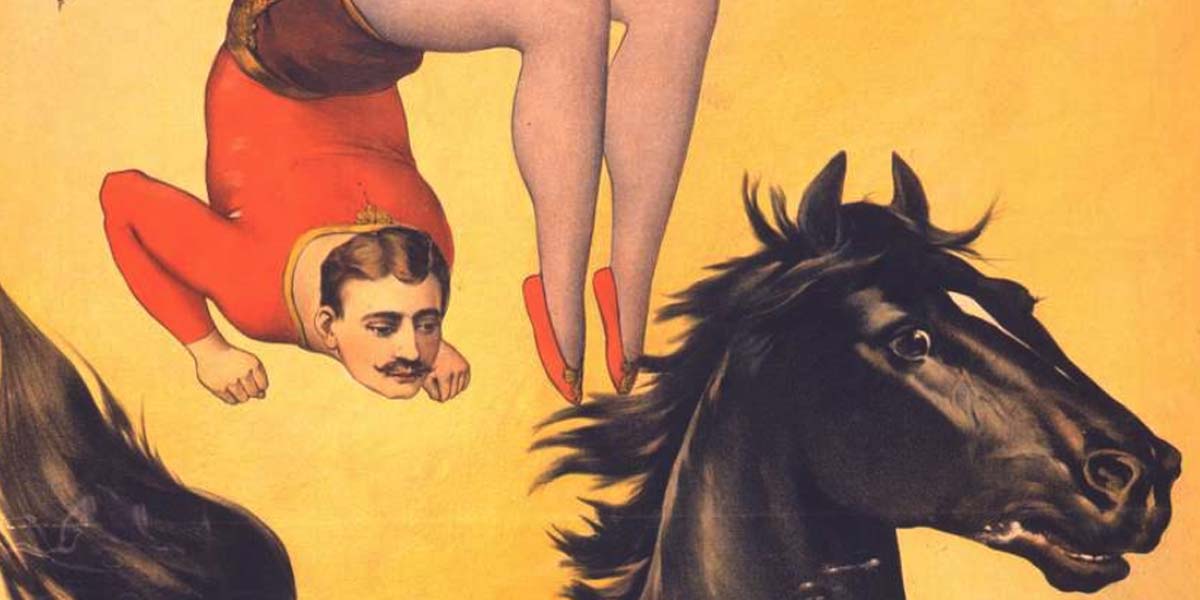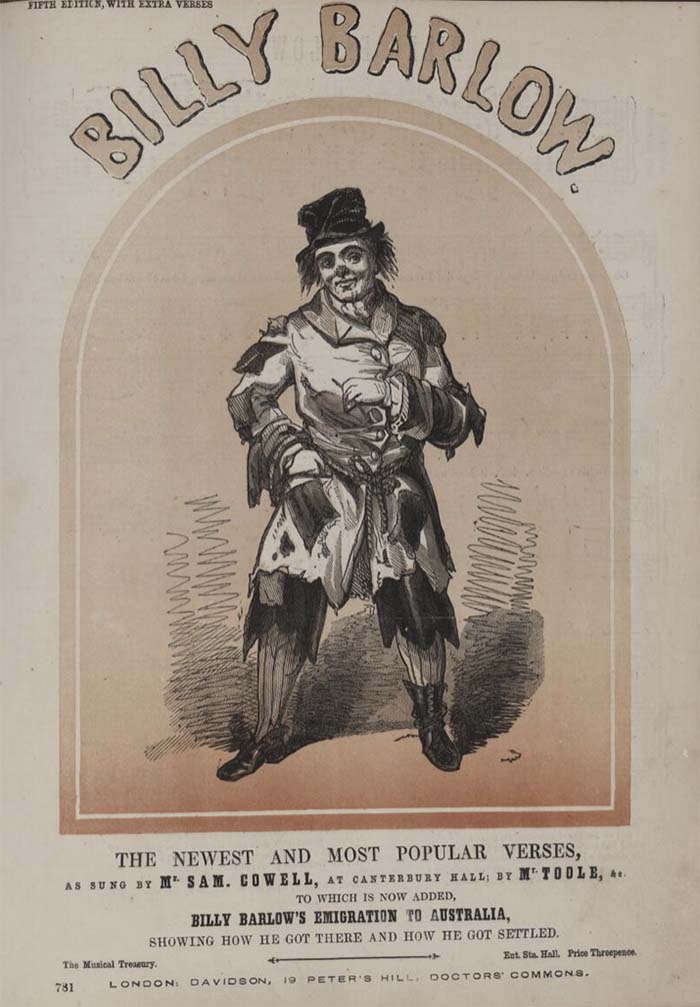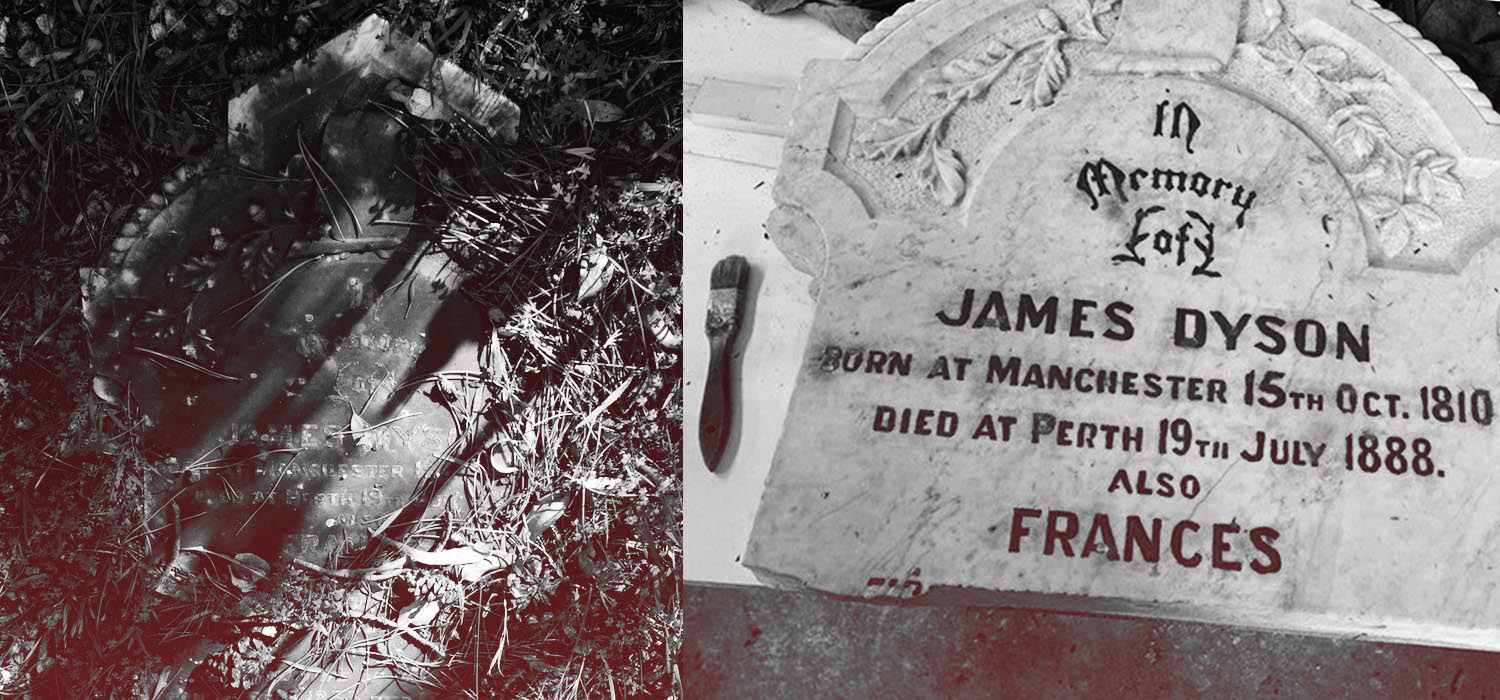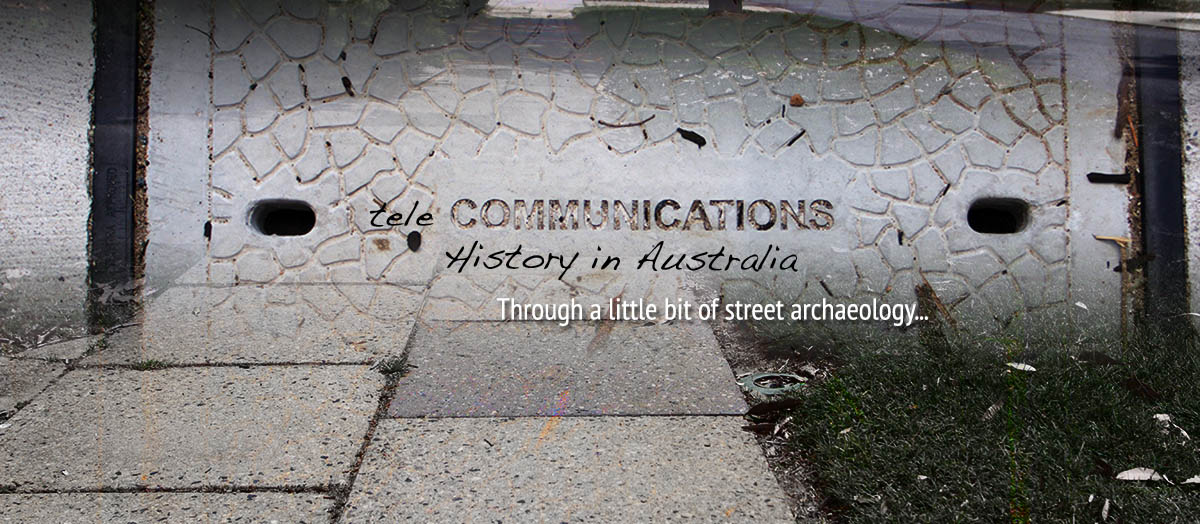Bullshit Artiste
He was at his most successful when was running a pub. He was at his most dangerous when he ventured outside his areas of expertise.— then, not even his gift of the gab could save him from wrathful creditors, business partners, or the local magistrate.
The Bicentennial Dictionary of Western Australians has very little to say about him.—

He was not in Western Australia for long — He was not to remain in any one jurisdiction long enough to be claimed by any as their own. Even those doing genealogical research on his family have managed to miss the bleedingly obvious because they were looking in the wrong place at the right time.
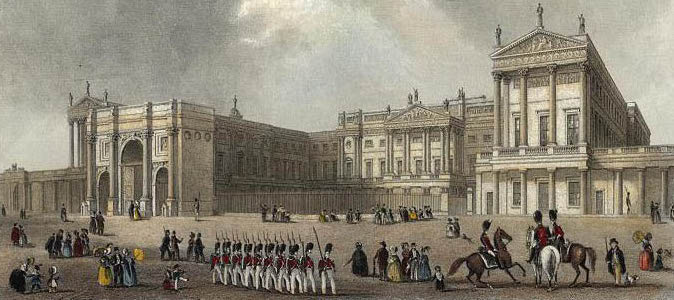
Buckingham Palace engraved by J. Woods after Hablot Browne & R.Garland. 1837
He called himself Edward Hales Taylor and said he was born in London in the year 1815. This was the same year his parents were married in the Church of St-Martin-in-the-Fields, Westminster, a few weeks after Napoleon met his Waterloo. Edward Taylor and the former Elizabeth Jenkins had their son baptised in the same church eighteen months later on 5 January 1817. They actually gave him the name Edward Hale William Taylor, but they were only his parents, so what would they know?
The family lived at 23 Crown Court, London (just a couple of blocks away from a gaff known as Buckingham Palace). There is still a public house at the address, and The Red Lion Tavern was probably where Edward (senior) worked as a waiter in 1817, as well as where his son was born.
To SA (not that one)
At some date in the intervening quarter century, Edward Hales Taylor emigrated to Cape Colony in South Africa. This territory was only absorbed into the British Empire after 1815 due to the Netherlands and the Dutch East India Company backing the wrong side at Waterloo.
He was living Cape Town, working as a butcher, when he married a local girl on 3 January 1842 in the Anglican Church of St Francis of Assisi in Simon’s Town.
Harriet Jane Colman married Edward with the consent of her mother and step-father. She was 19 years old at the time and he was 25 (or 28). Their first child (out of eight) was born in Cape Colony exactly one year and eleven days later. There was a gap of seven years before the next child arrived.
To SA (the other one)
She was a pregnant with that same child when they all sailed from Cape Town on 30 January 1850, east across the Indian Ocean. The brig Mary Clarke landed the Taylor family at Port Adelaide in South Australia on 20 March 1850.
Quite why the had decided to trade one SA for another is anyone’s guess. The assets they carried with them on arrival amounted to £90 in cash, with a further £35 raised from selling a dinner plate service after they landed.
Nevertheless, on 10 June 1850, Edward Hales Talyor acquired a publican’s licence to run a drinking establishment named the “Billy Barlow” on Currie Street in the grottier northern portion of Adelaide. The general licence was transferred to him from a Mr Frederick James Coppin. Coppin had a very famous brother whose biography might give you some idea of the world of pain Taylor was about to find himself in:—

Australian Dictionary of Biography entry for George Selth Coppin
This was going to be a clown show.
The Taylor’s second child was baptised in Trinity Church in Adelaide on 4 July 1850.
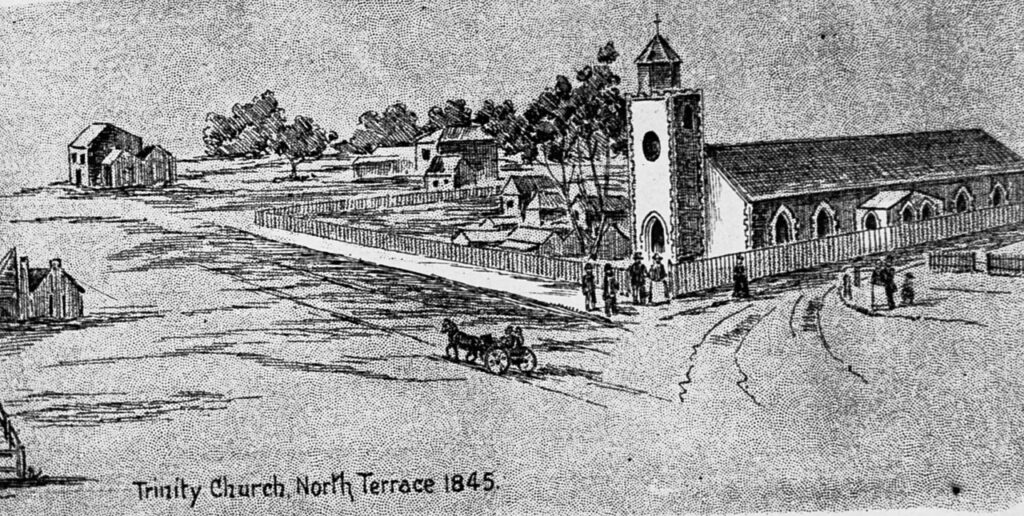
Edward Hales Taylor attempted to ingratiate himself with the locals. He joined the local Licenced Victualler’s Society where those in their profession could get together and complain about how hard done by they were by life in general. At a special meeting in August, he volunteered to be appointed a special constable in town, so he could legally throw out the rowdies in his new establishment.
The “Billy Barlow” Hotel on its own was a profitable venture. But Taylor was soon losing £20 a week. For context, a shepherd might only earn the same amount over an entire year.
The arrival in September 1850 of a celebrity newcomer to Adelaide from Van Diemen’s Land might have been the moment Taylor’s fortunes were irredeemably blighted. Charles Axtelle was another professional entertainer, acrobat, and (incidentally) also a recently freed VDL convict. Three months later the results of his and Edward Hales Taylor’s collaboration were thrust upon an unsuspecting South Australian public.

The enterprise endured all of one month until:—
NOTICE.
Adelaide Times 21 February 1851 page 2
TWENTY POUNDS REWARD.
WHEREAS some evil disposed persons have circulated a report that I am about clandestinely to leave the colony, such said report being injurious to my character, I hereby give notice that the above reward will be paid to any party who will give such information to H. Johnson, Esq., Solicitor, King William street, as will enable me to take legal proceedings against the originator or originators of the Report.
N.B.—It is particularly requested that all parties having claims against me, will immediately forward the particulars to my Solicitor as above, in order that the same may be examined and discharged.
EDWARD HALES TAYLOR,
“Billy Barlow Tavern,”
Currie-street.
Feb. 20, 1851.
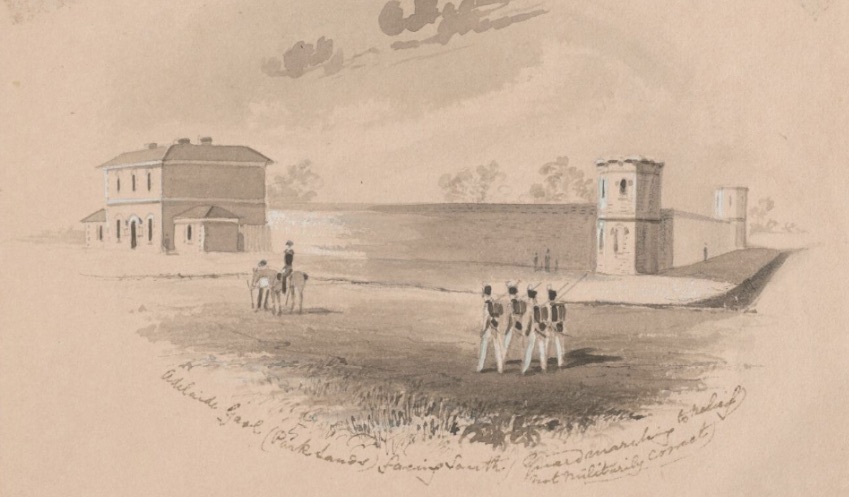
By May, Edward Hales Taylor was not just insolvent, he was in prison for debt. (Cue sad trombone.) He remained in the Adelaide Gaol until the beginning of August 1851. During September, the publican’s licence for “The Billy Barlow” was transferred to Charles Edward Walsh.
Issues relating to his debts in South Australia were not resolved until after November 1853 — If they ever were at all.
WAh WAh WA!
Harriet and Edward’s third child together (and first son) might have been born either in South Australia or Western Australia, or even at sea between the two colonies. Either way, they were all safely relocated to Fremantle in Western Australia by the time Charles Henry Taylor was christened in a Catholic church on 11 December 1853.
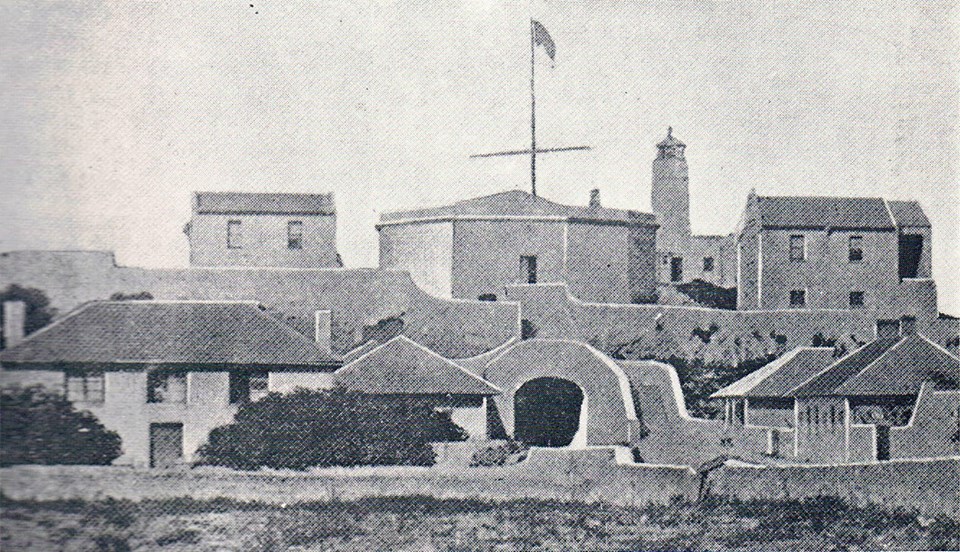
Taylor immediately got to work ingratiating himself with the locals. The the local issue of the moment was news of the discovery of gold over in the eastern colonies — and how the majority of the Western Australia’s free labourers now seemed determined to hop on the first boat they could find bound for Victoria.
The horror of the situation that the great and the good in Western Australia were now facing, was that that they might be left solely with the company of the convict workforce they lobbied so hard to get sent to them not so many years before. They had got the convicts in because the free mechanics and labourers about seemed to prefer working for themselves and not for masters who treated and paid them like rubbish.
Only now was it beginning to dawn on the merchants and traders of the colony was that it was those same independent men and their families the had recently scorned as “drunkards and wastrels” who spent real money in their establishments and kept the economy ticking over.
A very serious meeting was held in Fremantle to discuss the crisis (which, naturally, Edward Hales Taylor attended). The decision was taken that only the discovery of gold in their own colony, could persuade their customers respectable citizens to stay.
The meeting resolved to raise £1000 as a reward for the one who could find gold in Western Australia. About a third of that amount was promised during the evening. One of the largest amounts pledged to the cause was £20 from one “E. H. Taylor”. It was money he certainly did not possess. Fortunately for him, another three decades would pass before a payable gold discovery was made in Western Australia, and by then, he had long moved on.
Instead, Taylor formed an informal partnership with a ticket-of-leave convict named Theodore Krakouer to speculate in trade goods between Fremantle and Bunbury. Krakouer brought with him his experience as a teamster to make a land journey between the two port towns, plus the money to buy the cart to transport the goods— which seemed to consist mainly of a great quantity of tobacco. Taylor brought to the enterprise — his gift of the gab?
Krakouer was a Polish Jew. Poland was another of those territories which backed the wrong side in the Napoleonic wars. Here, the spoils went to the Russian Empire who made it a policy to persecute those of his religion. Krakouer was highly literate, but that literacy was confined to Hebrew and study of the Talmud. Then refugee in England, he could not write that language and could barely speak it. A little bit of petty swindling (just to survive) saw him sent to Britain’s last convict colony. Taylor wrote letters and dealt with various other businesses on Krakouer’s behalf. Sometime along the way, Taylor also manage to convince himself that he was the senior partner in their enterprise.
The speculation was a disaster.
Taylor returned to Fremantle alone with horse and cart. Krakouer remained in Bunbury, detained by the customs office down there. Dodgy tobacco was dodgy tobacco. Taylor returned the hired horse to it’s owner up in Perth — Mr George Haysom of the Horse and Groom Hotel. He still owed Haysom money, if not for horse hire, then for his outstanding bill on his bar tab. It was Taylor who offered to sell the cart to the publican. Haysom did not really want the cart, but he must have realised this it was the only way he was ever going to see any of what he was owed. He had no idea yet there was another party involved.
The cart was valued at £25. Taylor demanded £26. Haysom was firm. Taylor folded. Haysom offered Taylor a drink gratis, to seal the deal. Taylor pocketed the money, minus expenses owed. There were now a lot of expenses.
After Krakouer managed to extract himself from the clasp of the Bunbury authorities (only temporarily as it turned out), he was understandably livid with his alleged business partner. From the resultant court case it is unclear if he was angry because Taylor had sold his livelihood for a bar tab, or he sold the cart too cheap. Either way, Taylor’s now sublime bullshitting skills deflected that fury on to Mr George Haysom instead.
They had a meeting with Haysom, after which he agreed to return the cart to Turner, but only to Turner. Why would he have handed it over to Krakouer when Taylor was the one he had been dealing with up till now? So Krakouer consulted a lawyer and sued… George Haysom.

This civil trial was how the existence of Edward Hales Taylor in Western Australia was brought to this researcher’s knowledge. All that needs to be repeated here, is that the action against George Haysom was dismissed with prejudice. So much prejudice that the lawyer employed by Krakouer (and possibly Taylor as well) recommended to the judge that his own clients should be prosecuted for perjury.

So that went well.
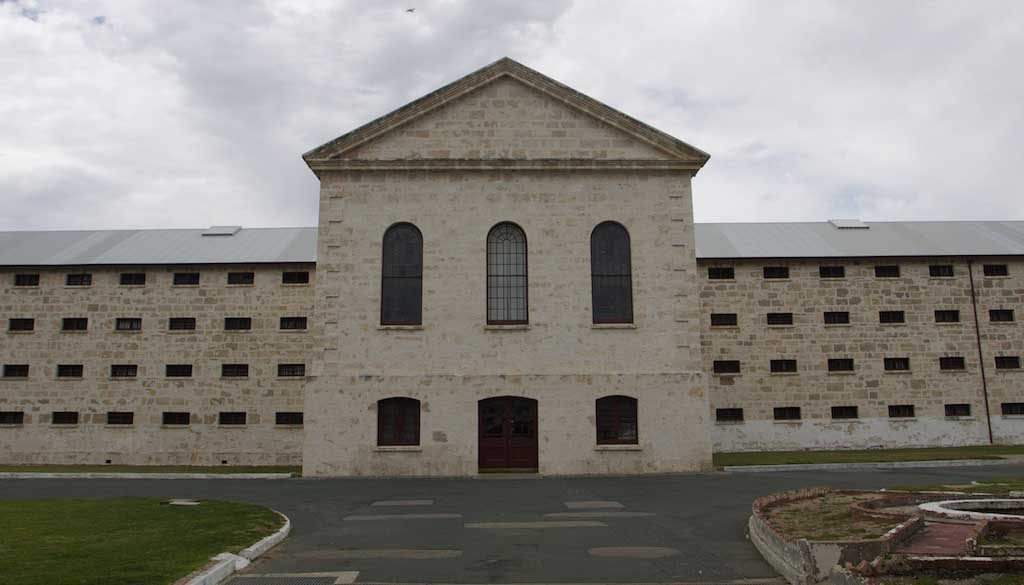
However, Edward Hales Taylor, now ensconced in the establishment at Fremantle, had one final card to play… and he played it beautifully.
On 22 September 1854. his get-out-of-gaol-free card, Edward Hale (sic) Taylor (junior) was born in Fremantle. The following month:—
LOCAL AND DOMESTIC INTELLIGENCE.
Inquirer (Perth, WA) 25 October 1854, page 3
It may be remembered that at the July Sessions, Edward Hales Taylor was convicted of perjury and sentenced to a term of 18 months for his crime. We understand that already this man has been allowed a remission of the remainder of his sentence upon representations which have been made to the Government, acting more upon their kindlier feelings than their better judgement. We merely notice this case from a feeling that justice should at all events be carried out, in our present position, and no handle given to our bond population for finding fault with the manner in which our laws are dealt out to our free inhabitants.
“Mee” and “Oww!”
Quite how soon after his release Edward Hales Taylor and family fled from Western Australia cannot yet be determined with any accuracy. The last possible date that can be inferred was before May 1856 (nearly two years later), when the postmaster-general for WA reported that correspondence for both “Mr and Mrs E. H. Taylor” remained uncollected in his office.
The last three children of Edward Hales Taylor and Harriet were born in Cape Town, Cape Colony. beginning from 15 February 1857, 1 August 1859, and before 3 May 1863. They had returned to the land of Harriet’s birth, while Edward Hales Taylor (senior) returned to the profession he was born into — that of victualler and publican.
Edward Hales Taylor died on the job in the Masonic Hotel, Wymberg (a suburb of Cape Town), Cape Colony on 18 October 1875. He was buried in the churchyard of St John Wynberg, on 21 Oct 1875.
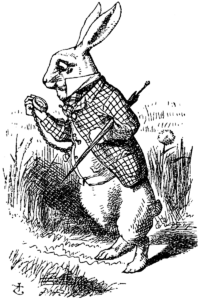
This ratbag should be an intensely interesting subject for further study, however I will not be the one to do it. Edward Hales Taylor is but one of many examples of rabbit holes I could dive down (and to be fair — I usually do —whether I can afford the time or not).
This and the proceeding article on the court case were the result of about four days of intensive research.
I don’t get paid to write any of this, so it’s now back to writing that bloody book about James bloody Dyson… something someone one day might even hand over bloody money to see.
